From being read picture books in kindergarten, to forcing yourself through required reading in high school, reading plays a huge role in shaping who individuals are. The literary environment you are immersed in helps determine your interests, values and heuristics, so it makes sense that, for many young girls, what they read also helps shape their concept of feminism.
So much of how a society perceives its women is shaped by the media it produces, so it’s important for books, just like movies and television shows, to offer positive role models for girls to look up to, preferably someone who is strong, intelligent and kind. Though there are many great examples of feminist icons in popular literature, here are six of the best examples.
1. Luna Lovegood from “Harry Potter” by J.K. Rowling
As J.K. Rowling says, “She’s slightly out of step in many ways.” While the female heroine in the series, Hermione Granger, steals all the attention because of her logical mind, bravery and advanced wizardry, Luna is quite the opposite, but still just as influential. To put it blatantly, she’s odd.
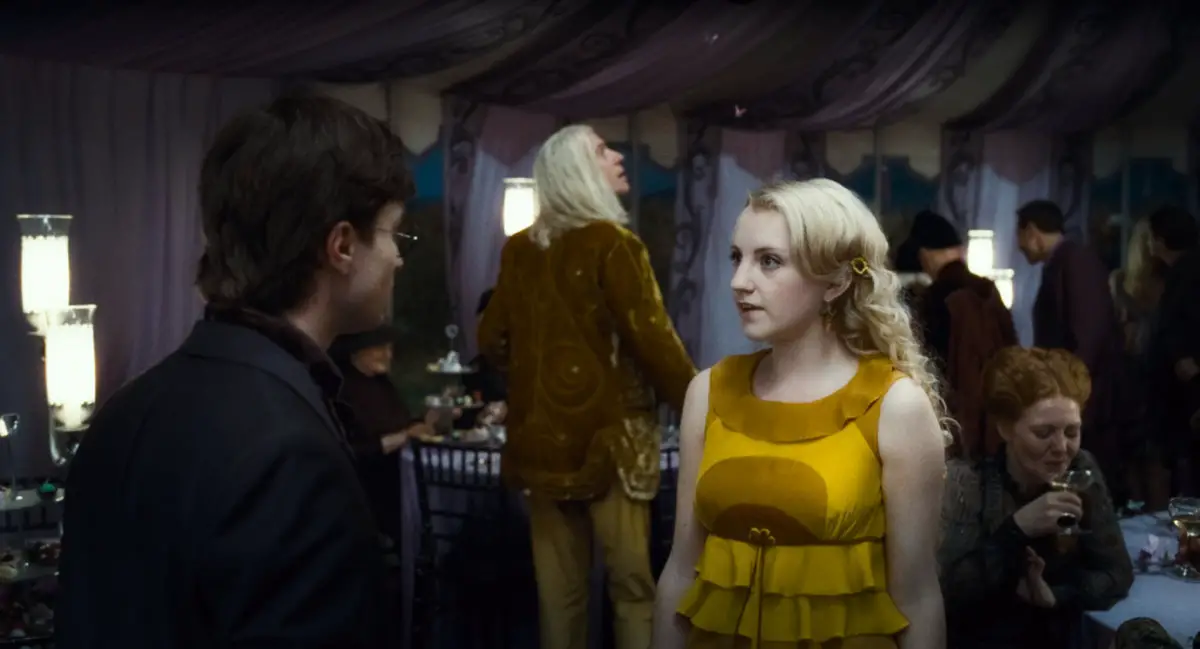
She wears her wand behind her ear and reads magazines upside down. She’s excited by the little things, such as being invited to a party, and couldn’t care less what other people think about her. Luna believes in fairness and fighting for it despite the potential risks.
2. Matilda from “Matilda” by Roald Dahl
By walking to the library and teaching herself to read, beginning even as a toddler, Matilda worked hard to transform her tragic home life into something more meaningful. While sexism isn’t a prominent theme in the novel, there is definitely some discrimination against females. When Matilda first begins to show signs of intellect by speaking at the age of one and a half, she is told that “little girls should be seen and not heard.” Later, after she asks her father a question about business, he calls Matilda stupid and proceeds to explain the answer to her brother.
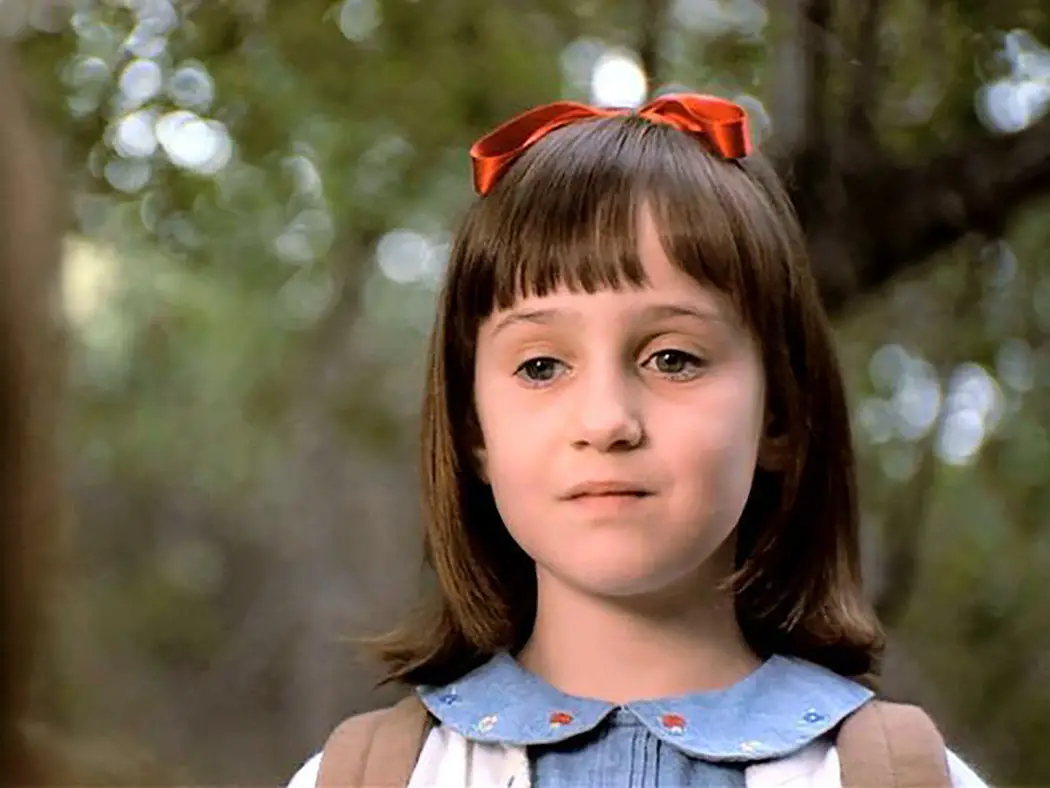
To cope, instead of trying to reason with a society that belittles her, she takes it upon herself to learn as much as she can, so that one day she would be able to improve the system. She proved that woman are smart and serve a greater purpose than just their physicality. If that doesn’t inspire you, her intelligence eventually leads to telekinesis, which allows her to stand up for herself and her classmates against inhumane treatment from parental figures and school administrators.
3. Scout Finch from “To Kill a Mockingbird” by Harper Lee
I could go on for hours about my utter hatred for this novel, but I will admit that Scout is a wonderful role model for young women. Growing up in Maycomb, Alabama, during a time of extreme racism, she manages to formulate her own opinions, resulting in her defending the weak and fighting for the innocent.
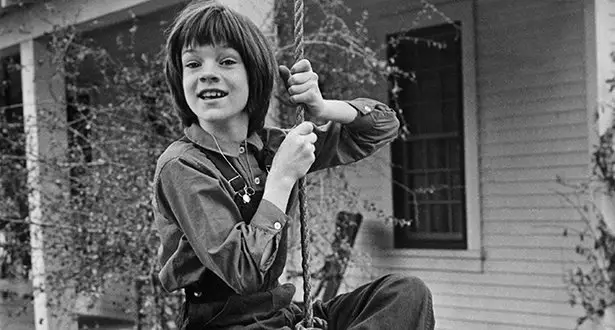
She searches for the goodness in other humans during a time when society was telling her not to look beyond skin color, which helped her identify the ugliness in the people who were ostensibly the “good guys.” By eschewing dresses, walking around barefoot, throwing punches, climbing trees and being opinionated, Scout also helped provide an icon of individuality, refusing to follow restricting traditions just because of her gender.
4. Nancy Drew from “The Nancy Drew Files” series by Carolyn Keene
There are some arguments that Nancy Drew is not a feminist, but there are also many people who feel that she serves as a wonderful role model for women. Personally, if I came across a hidden tunnel or a forbidden staircase, I would run as fast as possible in the opposite direction while simultaneously calling for back up. Unlike me, Nancy Drew faces her fears head on and doesn’t let her curiosity hold her back.
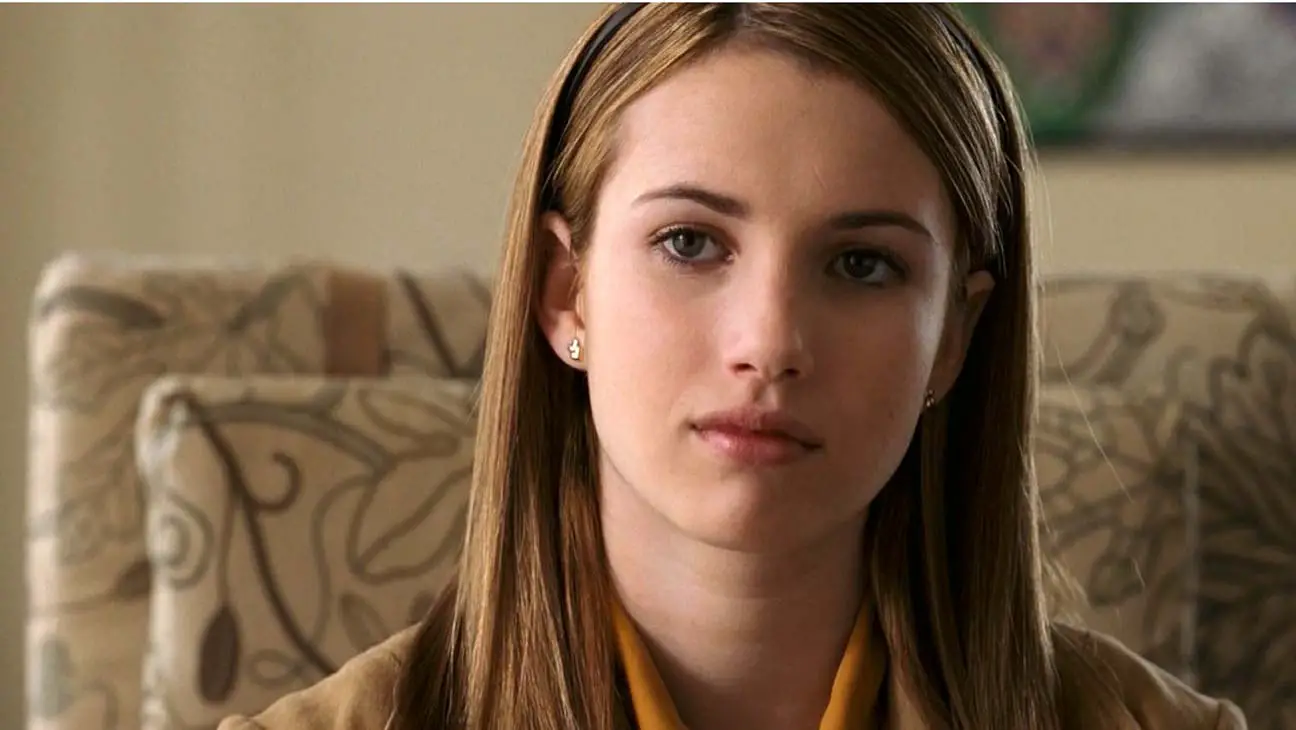
She perfectly illustrates how sometimes it’s necessary to lean into discomfort in order to succeed. Because of her intense interest in her surroundings, she’s a seriously well-rounded person. Aside from being a detective, she still has time to practice horseback riding, cooking and sewing, while always looking trendy in her penny loafers. Above all, Nancy Drew is confident, independent and capable of solving problems on her own, regardless of her gender.
5. Elphaba and Glinda from “The Life and Times of the Wicked Witch of the West” by Gregory Maguire
Elphaba dreams of changing her physical appearance—I mean, her skin is green, who wouldn’t want to change that? But the story offers an alternative to marriage, babies and being a housewife; it tells the tale of two unlikely friends seeing past each other’s differences. It’s an ode to a friendship between two women, written during a time when women were a minimal focus in stories.
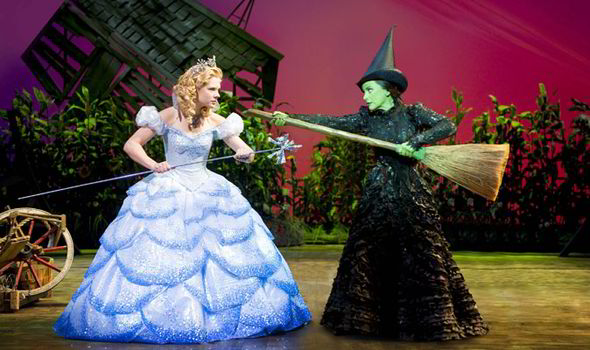
While many novels fixated on romantic relationships as the most important type of companionship, Elphaba and Glinda’s relationship is complementary. They each have their own strengths and weaknesses, make sacrifices for each other and support each other’s goals. It’s all about how powerful women supporting other women can be.
6. Charlotte from “Charlotte’s Web” by E.B. White
There are many brave characters, including Wilbur and Fern, in this children’s classic, but Charlotte shows strength right from the beginning when she pushes to save a pig she desperately loves. She is the one who courageously swoops in to save Wilbur and triumphs over the older male characters.

The tiny spider reinforces the idea that people can do anything they set their minds to, regardless of their sex, age or even species, as Charlotte, who is also a female, fearlessly writes her strong feelings for the whole farm to see in her web.


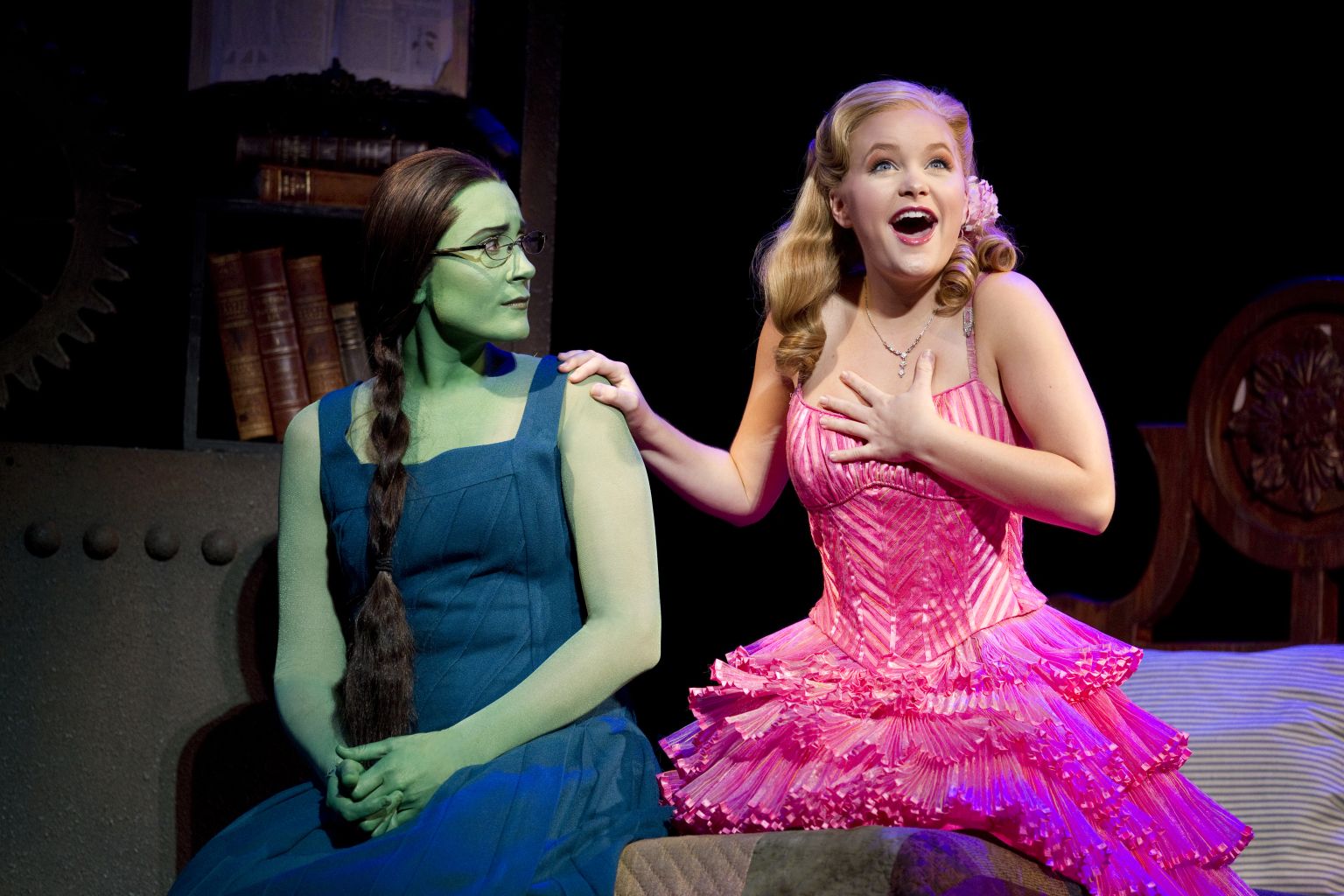

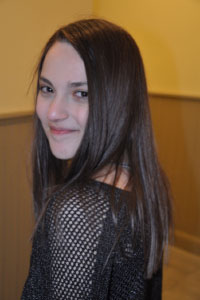
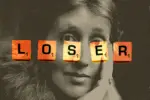
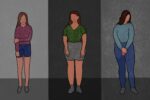
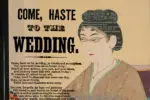

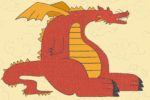








[…] Upon joining the book club, I skimmed through the discussion topics; these include topics pertaining… Watson started the club by choosing a book every month, but because of the limited availability of the chosen books, she changed it to every two months. This gives readers more time to find, read and discuss the book. […]